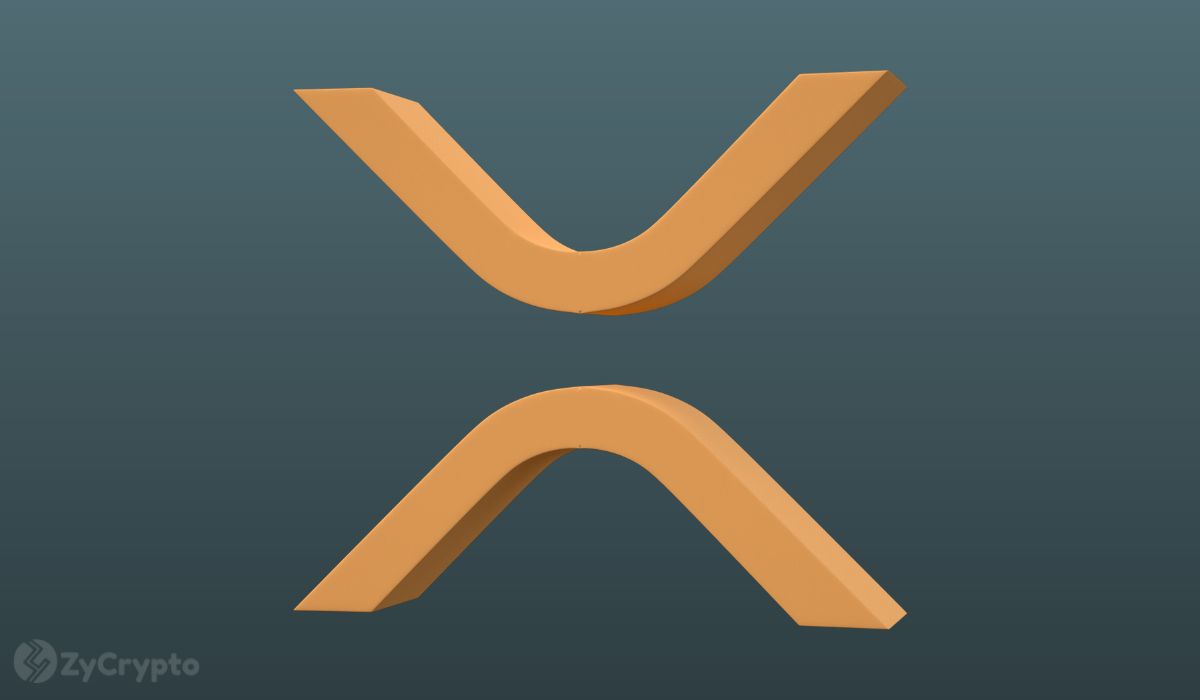Eswar Prasad, Indian-American economist and Tolani Senior Professor of International Trade Policy at Cornell University, recently spoke at the 2023 Summer Davos about the fact that Retail Central Bank Digital Currencies (CBDCs) have been the subject of tests in several nations, including China, Sweden, India, Brazil, and Japan. Engaging in this context is that these nations already have effective domestic retail payment systems in place. According to Prasad, as the private sector discovered more effective ways to handle payment transactions and advance financial inclusion, such as India’s Unified Payments Interface (UPI), the use case for retail CBDCs has been weaker over the past few years.
In a report called ‘The Future of CBDCs’, Ripple highlights that the real-time value transfer between various Central Bank Digital Currencies can be seamless and cost-effective using a neutral bridge asset, such as the digital asset XRP. It makes trade-less liquid CBDC pairs possible, boosts competitiveness globally by lowering obstacles to entry for smaller market players, and optimizes payments for speed, scalability, affordability, and security.
Earlier this year, Ripple announced its CBDC Platform, enabling governments and central banks to expand access to the unbanked population globally and promote digitising their financial services.
David Schwartz, Ripple CTO, mentioned in a Tweet that “The CBDC Platform reaffirms the significance of the XRP Ledger as it’s built with the same core ledger technology. It has the ability to interact with XRPL and use XRP as a bridge currency for cross-currency and cross-border payments.”
Professor Prasad said that despite some countries possibly not needing a CBDC, central bankers continue to have some reasons for introducing CBDCs. A CBDC could promote payment system interoperability in China, for example, where well-known payment platforms like Alipay and WeChat Pay lack direct contact. By offering a public payment option, a second goal is to ensure the robustness of the payment system. Furthermore, when talking about CBDCs, many central bankers stress the idea of monetary sovereignty.
Prasad draws attention to the fact that conventional cross-border payments are expensive, cumbersome, and difficult to track in real time. However, cross-border transactions may be done more quickly and easily thanks to technological developments spurred by the Crypto revolution. This has made it easier for economic migrants to settle almost immediately, lessen the need for hedging, and streamline remittances. According to Prasad, the integration of wholesale CBDCs by central banks worldwide has the potential to enhance international payments.
Prasad expressed sincere doubts about whether the US Dollar will be replaced anytime soon. But he stressed that the current financial system may not be perfect or balanced, with one dominating currency influencing global markets.
Prasad concluded: “I want to make the case that even if there were to be a digital renminbi well before there ever is a digital dollar, is it going to fundamentally alter the dynamics of international finance? If you think about international payments, practically all of them are digital already.”
While he was not directly speaking about XRP, the digital asset, amongst others such as Stellar, has often been heralded as a bridge currency and perhaps even a true stablecoin. If central banks resolve to use XRP for cross-border payments will have to be seen. Still, it is a hotly debated topic amongst the XRP Community in particular and the wider Crypto Community.


